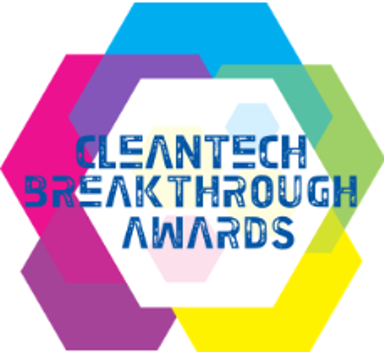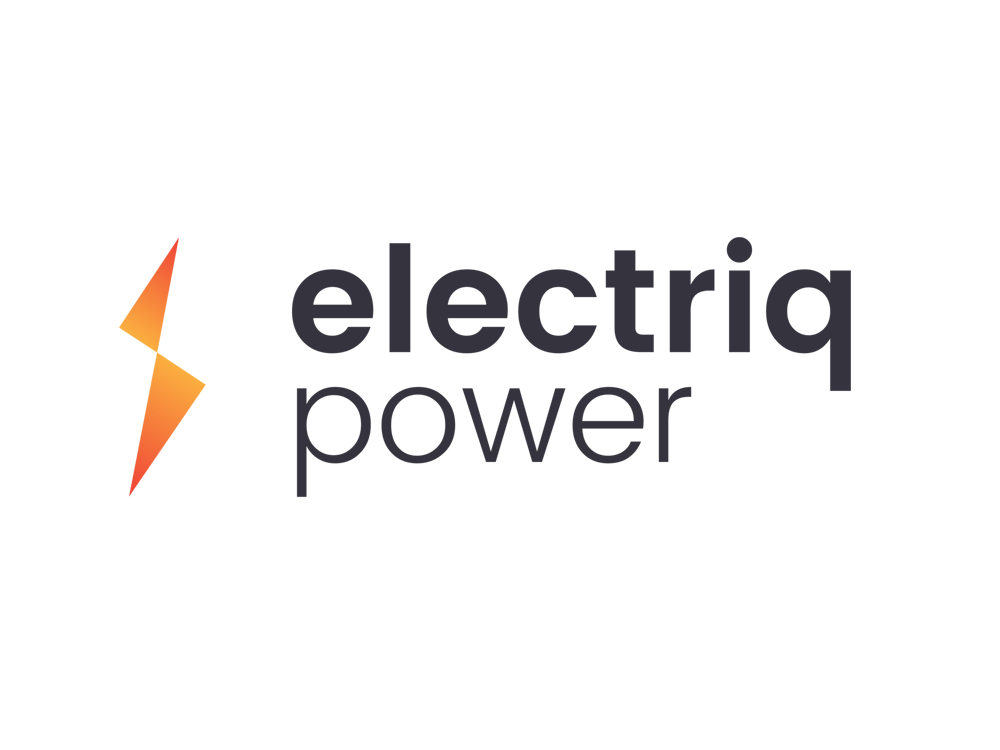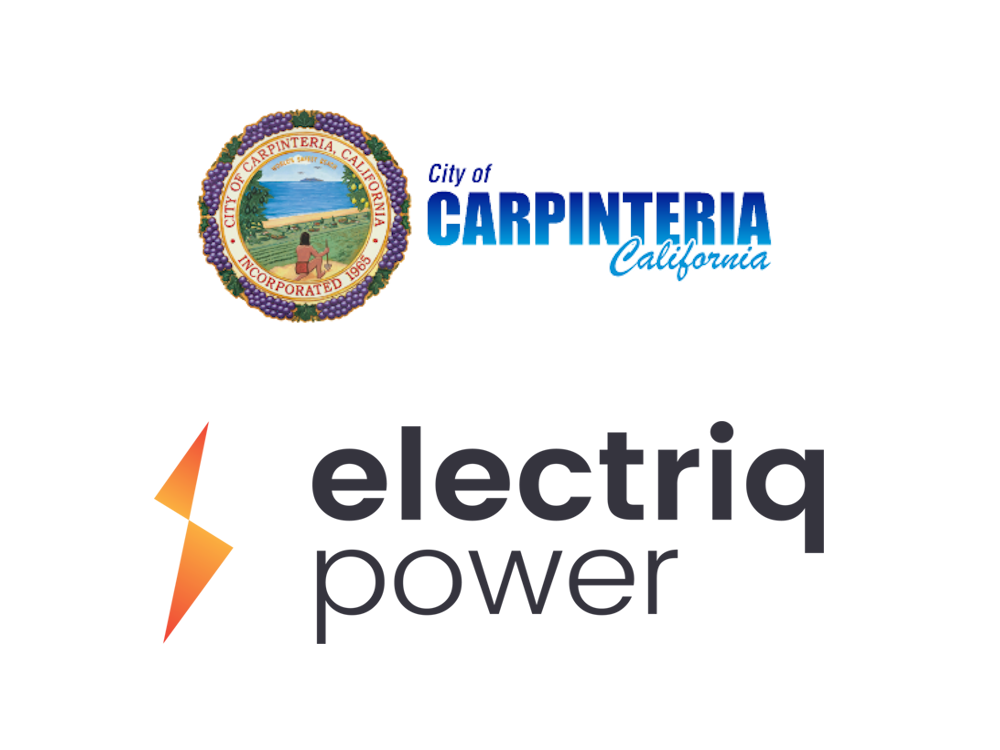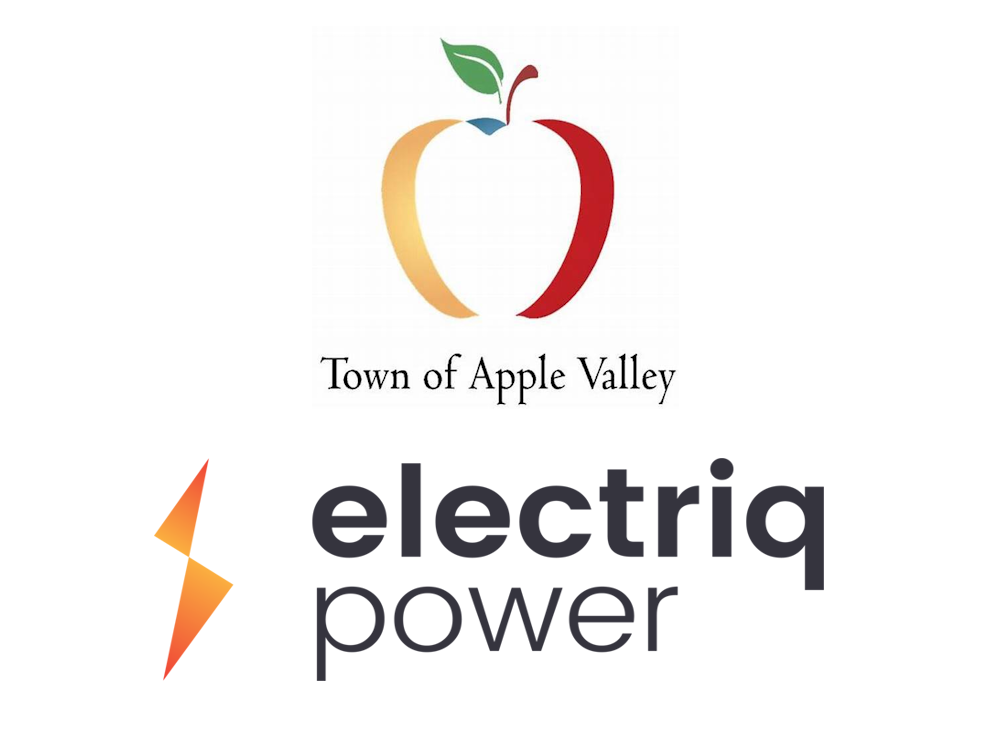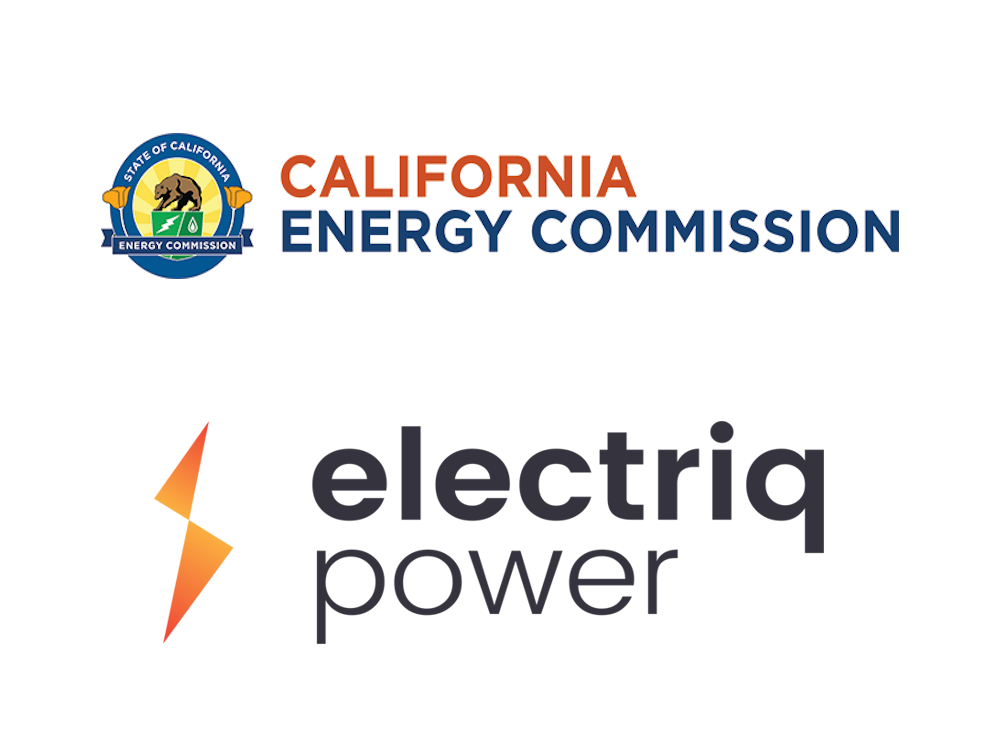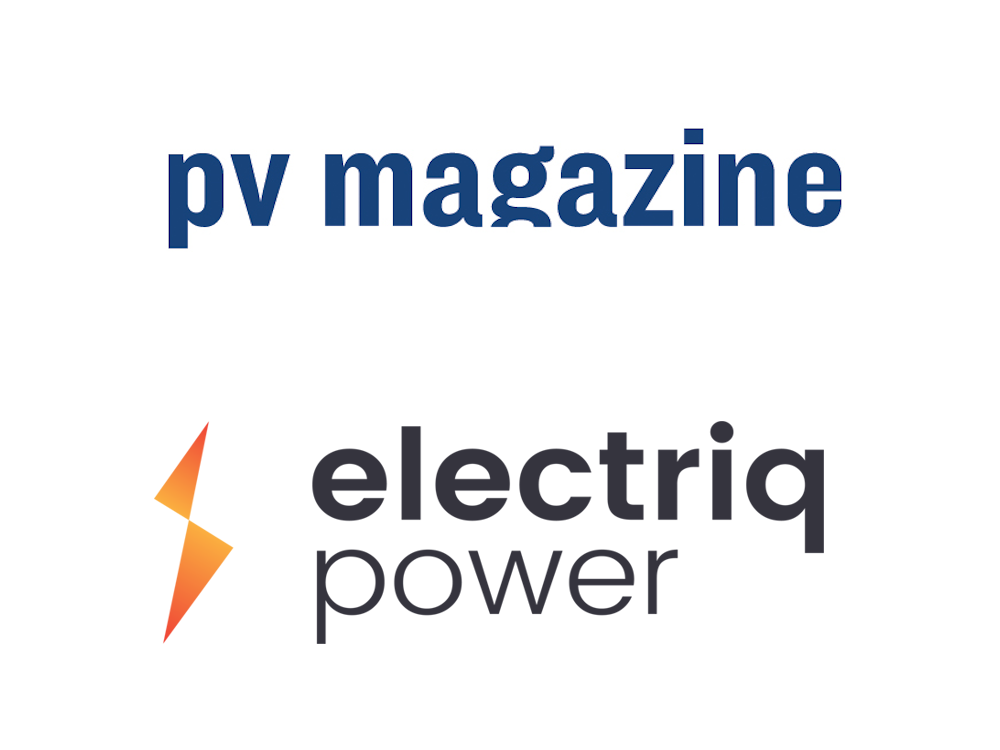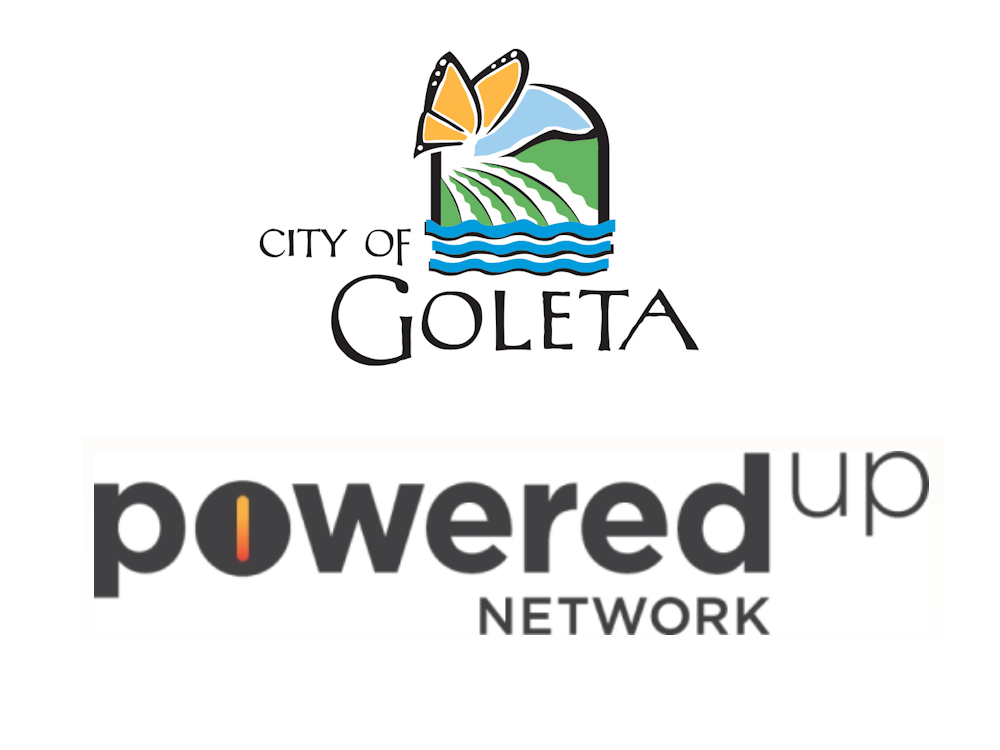How Does Energy Arrive In Your Home?
Published by on June 9, 2020
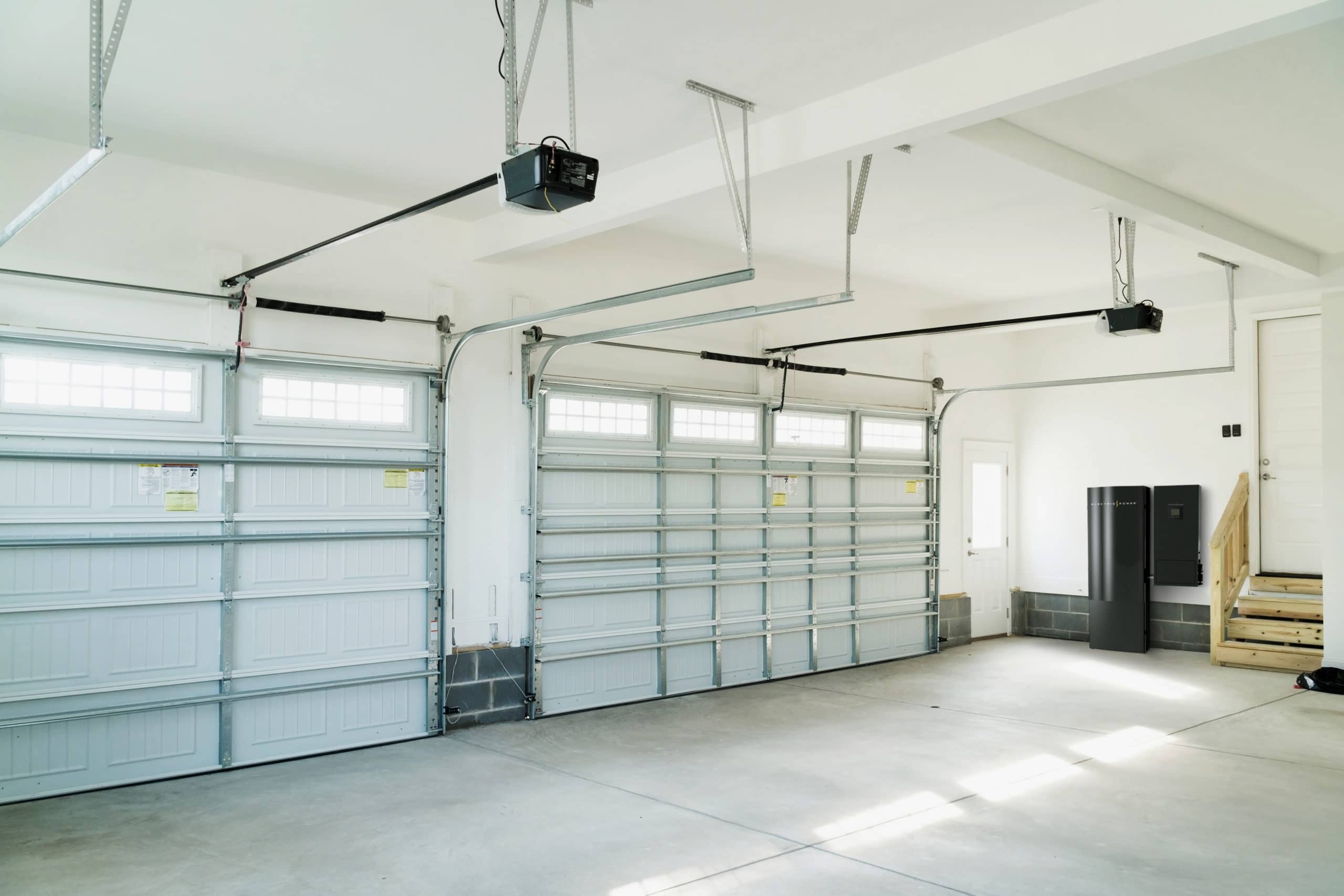
Estimated Read Time: 6 minutes
Have you ever wondered how electricity arrives at your home? Where does electricity come from and how does it reach from a generation point to your household? All of these questions will be addressed in this article where the structure and functioning of the power grid will play a major role.
Let’s begin at the generation source.
How Is Electricity Generated?
This question has multiple possible answers depending on the source of energy used to generate electricity. As the first law of thermodynamics states, energy cannot be created or destroyed, instead, it can only be transformed.
This undisputed law of nature is the basic principle that Independent Power Producers (IPPs) use across the country to generate electricity. Sources of energy used include heat (combustion of fossil fuels or geothermal), kinetic and potential energy (hydro), wind gusts (wind turbines), biofuels (biomass), and solar radiation (solar photovoltaics or concentrated solar power)..
Each type of energy plant follows a different process to generate electricity, however, most of them use a similar concept. The idea consists in using a strong and abundant energy source (such as flowing water in a dam; steam in a combined cycle, biomass, or geothermic facility; or wind) to generate movement in a turbine. This turbine is connected to a synchronous machine (generator) through its axis making it spin whenever the turbine moves. Then, by injecting a small direct current in the coils of the rotor, an electromagnetic field is generated while spinning the rotor generates an AC current output in the terminals of the machine. If you want to know more about this electromechanical process, you can take a look at this link.
The process for generating solar PV is different. By using the light component of solar radiation, it is possible to use the kinetic energy of small particles contained inside light beams (called photons) to generate displacements of the electrons contained inside the atomic structure of the silicon material (material from which solar PV modules are made). Electricity in DC can be generated by providing a path to these electrons through the so-called conductive busbars in a solar panel.
However, as the power grid works in AC, for large scale solar PV plants a larget scale inverter must be added to transform this DC current from the array into AC electricity for the power grid.
No matter the source of energy that is used for energy transformation, large power generation facilities must comply with standards established by the Independent System Operator (ISO). The ISO is the power transmission company that operates and dictates the technical output parameters such as voltage, frequency, signal quality, electrical current, and generation limits that must be met by the IPP in order to connect to the power grid.
How Is Electricity Transmitted to Your Household?
After electricity is generated in one of these facilities, the output voltage must be raised to a higher value in kV to reduce power transmission losses, this is done through a power transformer. Then, electricity is transmitted from the generation source to the areas of consumption.
The entire process is controlled by the ISO which constantly establishes the power flow from the generation points in the grid to the consumption areas. This is done through a balance of energy in which the demand must instantaneously be met by the generation sources at all times in order to keep the stability of the power grid.
In other words, if at 10 am the demand in the system reaches up to 150MW, then the generation sources in the grid must be capable of producing over 150MW at 10 am. It is important to note that some of the energy that is transmitted is lost in the form of heat. For this reason, the generation facilities must always generate above the demand to cover for these losses and ensure the power delivered is the required one by the demand.
Predictive models for the load provide ISOs a reference for the amount of power that must be ready to be served (spinning reserve) at specific times during the day.
How Does the Electricity Reach Your House?
After being transported across miles and miles of transmission cables, the electricity reaches substations where the voltage is reduced to distribution levels for household usage.
A distribution post will have a small transformer that reduces voltage to regular load type levels (240V/208V/120V) and connects to an energy meter that will keep track of the electricity consumed at home.
This electricity is expressed in kWh and each utility will establish an electricity rate for every kWh a household consumes.
Therefore, as your electric devices, such as TVs, lights, microwaves, and refrigerators consume energy, you will be charged by the daily kWh expenditure.
What Is the Role of Solar and Energy Storage in the Power Flow of Your Household?
By installing a PV system with energy storage integrated, you are capable of generating your own source of electricity. Beyond that, energy storage devices allow you to save any excess energy that is not demanded by the appliances of your home. Unlike the power grid, you will not need to maintain a balance between loads and the generation source at all times.

Your solar PV system will be connected to the same energy meter that is used to charge your electricity bill and will offset any excess electricity that is not used to charge your energy storage device with solar power from your energy bill. This is done thanks to the Net Metering program.
An additional benefit of energy storage devices is that they allow you to control the power flow of your household and the interaction with the power grid. While a person that installs a grid-tied PV system has no control over the energy flows, a customer that installs an energy storage system is capable of controlling when the solar power goes back to the grid, when it is consumed, when it is stored, whether or not grid interaction is allowed, and also protects the customer against a power outage.
In other words, although at a smaller scale, the energy storage device is a system that allows homeowners to have control over their power flows, just like the ISO has control over the power grid.



